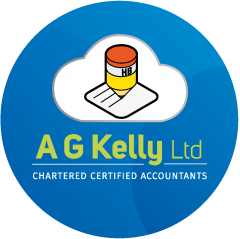Under the Coronavirus Job Retention Scheme, all UK employers will be able to access support to continue paying part of their employees’ salary for those employees that would otherwise have been laid off during this crisis.
Eligibility
All UK businesses are eligible.
How to access the scheme
You will need to:
- designate affected employees as ‘furloughed workers,’ and notify your employees of this change – changing the status of employees remains subject to existing employment law and, depending on the employment contract, may be subject to negotiation
- submit information to HMRC about the employees that have been furloughed and their earnings through a new online portal (HMRC will set out further details on the information required)
HMRC will reimburse 80% of furloughed workers wage costs, up to a cap of £2,500 per month. HMRC are working urgently to set up a system for reimbursement. Existing systems are not set up to facilitate payments to employers.
If your business needs short term cash flow support, you may be eligible for a Coronavirus Business Interruption Loan.
